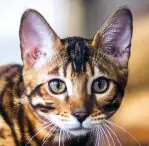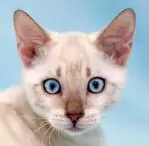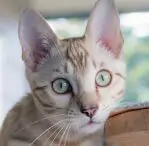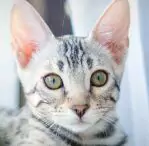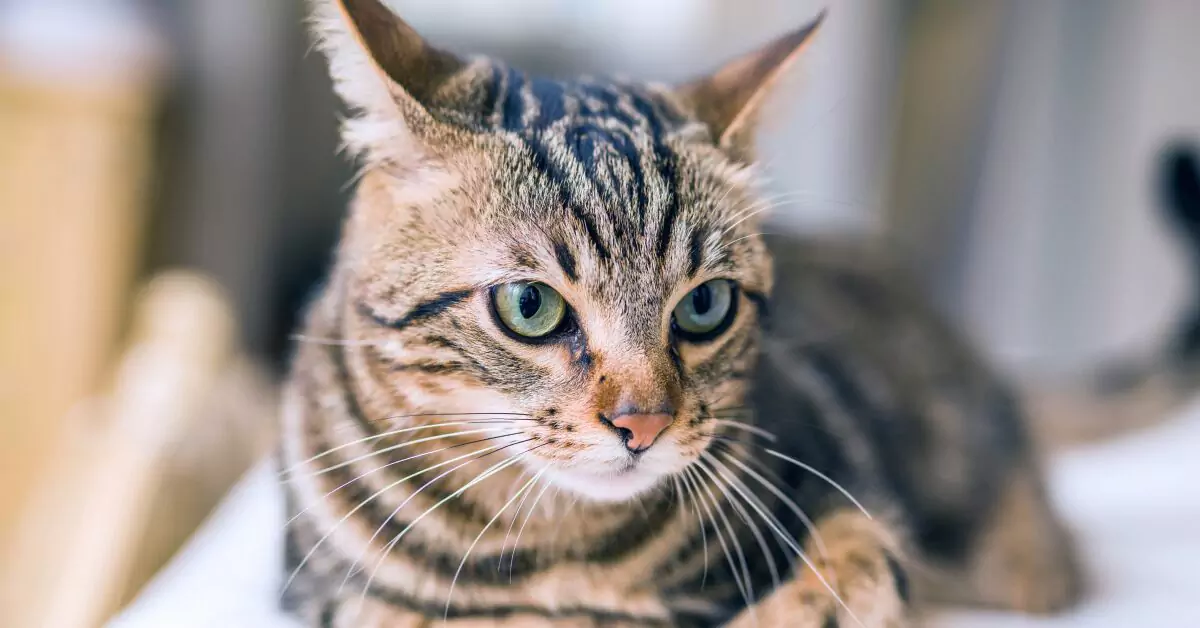
Meet the Bengal
High Kitty I.Q.
Star Cathlete
Best Fur Friend
My Many Looks
My Breed Characteristics
Furbulous Fact
As I Grow Up
History of My Breed
Care Tips
Training Tips
Personality
Energetic
Playful
Smart
Origin
United States
Life Span
12-16 Years
Breed Popularity
Length Range
17-22 inches (not including tail)
Weight Range
8-17 pounds
Coat Details
Type
Short and Dense
Texture
Soft and Silky
Colors
Brown, Silver, Seal Lynx Point, Seal Sepia, Seal Mink Point
Pattern
Rosette/Spotted Tabby, Marble Tabby
Hypoallergenic
Yes
Cost to Buy
$1,500-$10,000
My Many Looks
My Breed Characteristics
Furbulous Fact
As I Grow Up
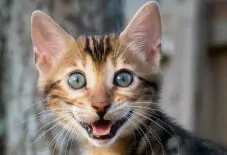
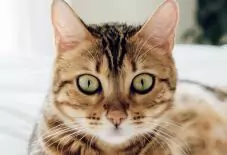
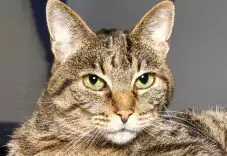
History of My Breed
Care Tips
from Dr. Jessica Greenberg, Associate VeterinarianGet a DNA test & key health screenings.
In addition to yearly wellness exams, recommended vaccines for your cat’s lifestyle, routine blood, urine, and fecal screens, and appropriate parasite prevention, talk to your vet about getting a DNA test + other health screenings for hereditary conditions and breed-specific health issues. For example, it is important to know whether your Bengal has the gene for PK-Def, responsible for a genetic blood disorder, or Bengal PRA (Progressive Retinal Atrophy), a genetic eye disease that causes blindness. Bengals can also develop hypertrophic cardiomyopathy, which is genetic in origin but requires an echocardiogram scan of the heart to diagnose. Ask your breeder if their breeding cats have tested negative for these diseases.
Follow these tips for a well-behaved Bengal.
Bengals are active, social and highly intelligent cats with big personalities, which can lend to them needing additional human attention and things to do. A bored Bengal is a destructive Bengal, so make sure to have plenty of entertaining things for your cat to do. Purchase a kitten from a reputable breeder that keeps kittens until 12 weeks of age to allow for proper weaning and socialization. Do not wean Bengals early – it has been linked to aggression and behavioral problems. Provide lots of room for your Bengal to run in your home, provide vertical space for climbing, and vertical and horizontal scratching surfaces so your Bengal can scratch and stretch. Understand that when a Bengal misbehaves, they are saying they need something from you.
Feed the right amount of a high quality diet.
Bengals do not have any special dietary requirements when compared to other cats. What is important is to choose a high quality cat food that is certified to be complete and balanced by AAFCO. It is recommended to feed a combination of wet and dry food. Equally as important is to not overfeed Bengals because obesity can predispose cats to a large number of chronic diseases. You can use the hand test to determine if your cat is at a healthy weight, or ask your vet what is a good weight for your cat.
Training Tips
from Dr. Jessica Greenberg, Associate VeterinarianMy Many Looks
My Breed Characteristics
Furbulous Fact
As I Grow Up
History of My Breed
Care Tips
Training Tips
-
Personality
Energetic
Playful
Smart
-
Origin
United States
-
Life Span
12-16 Years
-
Breed Popularity
-
Length Range
17-22 inches (not including tail)
-
Weight Range
8-17 pounds
-
动物皮毛
Type
Short and Dense
Texture
Soft and Silky
Colors
Brown, Silver, Seal Lynx Point, Seal Sepia, Seal Mink Point
Pattern
Rosette/Spotted Tabby, Marble Tabby
-
Hypoallergenic
Yes
-
Cost to Buy
$1,500-$10,000
